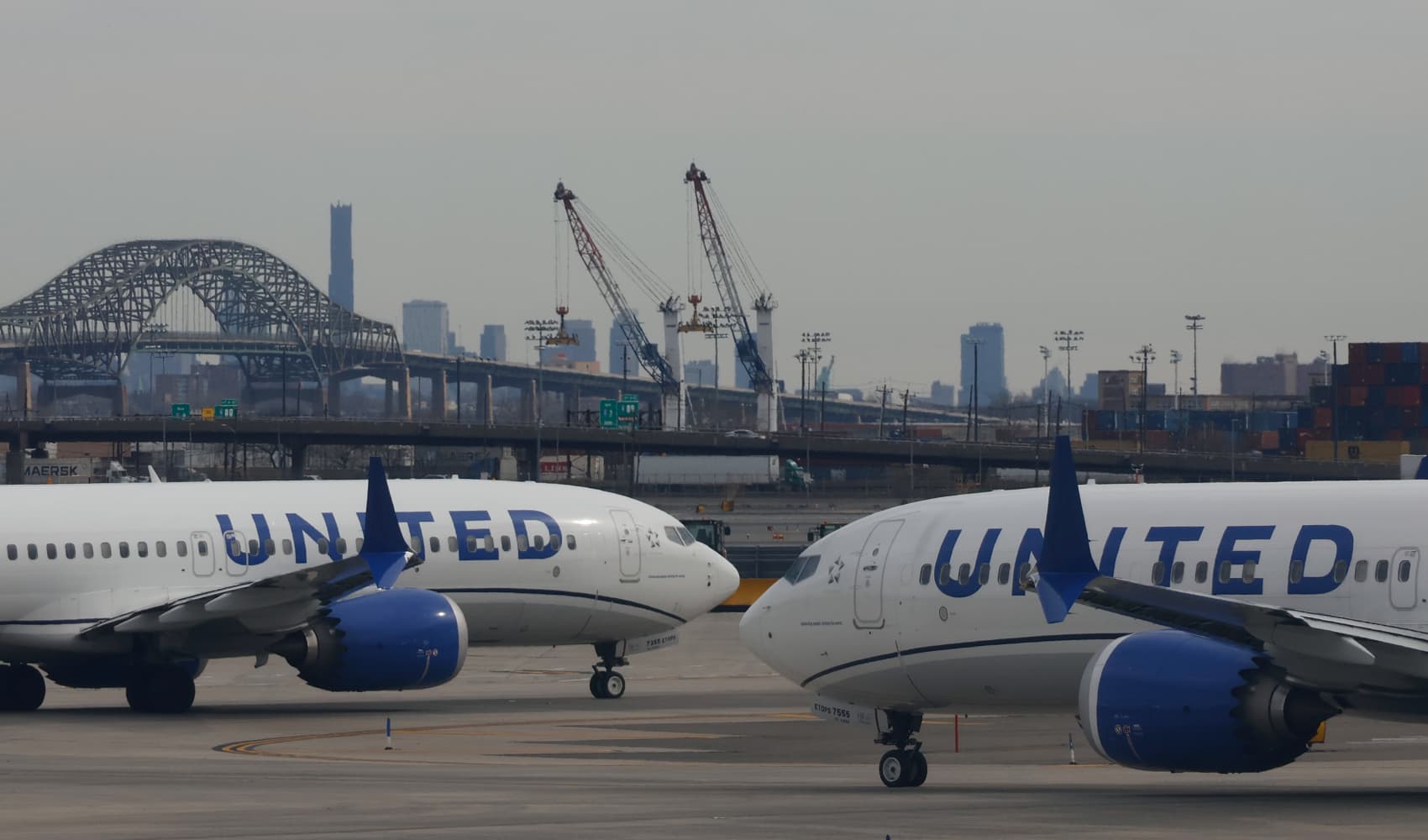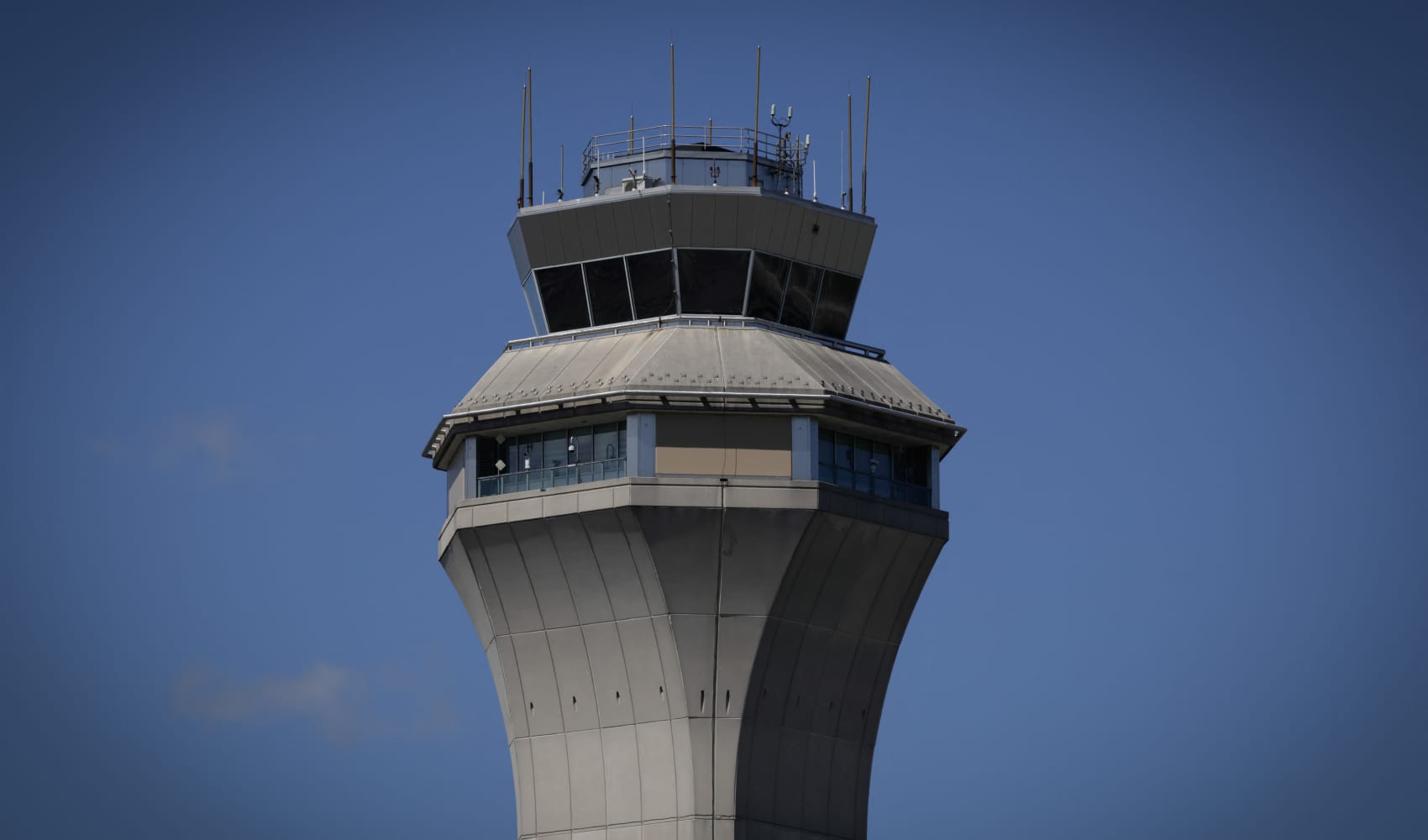United Cuts Newark Flights: FAA to Blame? Key Facts!
United Airlines Slashes Newark Flights: Is the FAA to Blame?
Introduction: Newark's Flight Fiasco
Ever found yourself stuck at Newark Liberty International Airport, watching your flight disappear from the departure board like a mirage in the desert? If so, you're not alone. Recent disruptions have left countless travelers stranded, fuming, and wondering what's going on. United Airlines is taking drastic action by cutting 35 roundtrip flights daily from its Newark schedule, a significant 10% reduction. But why? Let's dive into the turbulence.
The Blame Game: United vs. the FAA
United Airlines CEO Scott Kirby is pointing fingers, and they're aimed squarely at the Federal Aviation Administration (FAA). He claims that air traffic controller staffing shortages and the FAA's technological woes are the root cause of the widespread disruptions. Is this a legitimate concern, or is United simply deflecting responsibility? We'll explore both sides of the story.
FAA's Response: A Counter-Narrative?
The FAA hasn't remained silent amidst these accusations. They've acknowledged challenges but often highlight weather-related issues and other factors contributing to delays. Could it be a mix of both, where aging infrastructure and staffing challenges amplify the impact of weather events?
The Numbers Don't Lie: A Week of Chaos
The statistics paint a grim picture. Over 1,000 Newark flights have been disrupted this week alone. On Friday afternoon, more than 300 flights in and out of Newark were delayed, adding to the existing backlog of over 1,400 delays and cancellations earlier in the week. These are more than just numbers; they represent real people, missed connections, and disrupted plans.
A Ripple Effect: Beyond Newark's Airport
Remember that a major hub like Newark impacts the entire air travel network. Delays there cause a domino effect, affecting flights across the country and even internationally. It’s like a traffic jam; one accident can back up the whole highway.
What's Causing the FAA's Alleged Problems?
Let's dig deeper into the FAA's alleged shortcomings. Are these issues related to funding, outdated technology, or simply a lack of qualified personnel? It's a complex problem with potentially multiple contributing factors.
Staffing Shortages: The Human Element
Air traffic controllers are the unsung heroes of our skies. A shortage of these highly skilled professionals can lead to bottlenecks and delays, especially during peak travel times. A skilled air traffic controller is like a conductor of an orchestra, ensuring the smooth flow of air traffic. Are there enough "conductors" to handle the increasing volume of flights?
Technology Troubles: Outdated Systems
Modern air travel relies on sophisticated technology, but some of the FAA's systems are reportedly outdated and prone to glitches. Imagine trying to run a modern business on computers from the 1990s – that's the challenge some air traffic controllers face. Investing in updated infrastructure is crucial for efficiency and safety.
United's Response: Flight Cuts and Travel Waivers
United's decision to cut flights is a significant move, aimed at alleviating some of the pressure on the system and providing a more reliable travel experience for passengers, even if it means fewer flight options. Additionally, the airline has issued travel waivers for affected customers.
Travel Waivers: A Helping Hand?
These waivers typically allow passengers to change their flights without incurring additional fees. While it's a helpful gesture, it doesn't erase the frustration and inconvenience of a delayed or canceled flight. Think of it like a band-aid on a broken leg – it provides some relief but doesn't solve the underlying problem.
The Passenger Perspective: Frustration and Uncertainty
For travelers, these disruptions are more than just an inconvenience; they're a source of stress and uncertainty. Missed business meetings, delayed vacations, and canceled family gatherings are just some of the consequences. The emotional toll of travel disruptions can be significant.
Planning for the Unexpected: Tips for Travelers
In this environment of uncertainty, it's essential to be prepared. Consider these tips:
- Book flights earlier in the day: Earlier flights are less likely to be affected by cascading delays.
- Allow for extra connection time: Don't cut your connection times too close.
- Download your airline's app: Stay informed about flight status updates.
- Consider travel insurance: Protect yourself against unexpected disruptions.
- Pack your patience: Delays are inevitable, so try to stay calm and collected.
The Long-Term Solution: Investing in Infrastructure and People
The current situation highlights the need for long-term investment in air traffic control infrastructure and personnel. This is not just a United Airlines problem; it's a national issue that affects the entire air travel industry.
Funding the Future of Air Travel
Increased funding for the FAA is essential to modernize its systems and hire more air traffic controllers. This is an investment in the future of air travel, ensuring a safer and more efficient system for everyone.
Attracting and Retaining Talent
Air traffic control is a demanding job, requiring extensive training and a high level of skill. Attracting and retaining qualified personnel requires competitive salaries, benefits, and a supportive work environment. Are we doing enough to attract the best and brightest to this critical profession?
The Broader Impact: Economic and Social Consequences
Air travel is a vital component of the economy, facilitating business travel, tourism, and trade. Disruptions to air travel can have significant economic consequences, impacting businesses and communities across the country.
Businesses Feel the Strain
Businesses rely on air travel to connect with clients, attend conferences, and conduct operations. Delays and cancellations can disrupt supply chains, impact productivity, and ultimately affect the bottom line.
Conclusion: A Call for Collaboration
The flight disruptions at Newark highlight a complex problem requiring collaboration between United Airlines, the FAA, and other stakeholders. While United points to staffing and technology issues within the FAA, the broader context involves ensuring our air travel infrastructure is adequately supported. Addressing this issue will necessitate strategic investments, proactive planning, and a shared commitment to improving the passenger experience. Ultimately, a well-functioning air travel system benefits everyone.
Frequently Asked Questions (FAQs)
- Why is United Airlines cutting flights at Newark?
United Airlines is reducing its Newark schedule to improve on-time performance and reduce disruptions, citing FAA staffing shortages and technology issues as contributing factors.
- What should I do if my United flight from Newark is canceled?
First, contact United Airlines immediately to rebook your flight or explore alternative travel options. Check if you're eligible for a travel waiver and document all expenses for potential reimbursement. Travel insurance may also offer coverage.
- Is the FAA solely responsible for the flight disruptions?
While United Airlines is primarily blaming the FAA, other factors like weather, aircraft maintenance, and unforeseen events can also contribute to flight disruptions. It's likely a combination of issues.
- How will these flight cuts affect ticket prices to and from Newark?
Reduced flight availability could potentially lead to higher ticket prices, especially during peak travel seasons. Monitor prices and book in advance if possible.
- What is the FAA doing to address the staffing and technology issues?
The FAA is working to hire and train more air traffic controllers and is implementing modernization projects to upgrade its technology. However, these efforts take time and require sustained funding.



